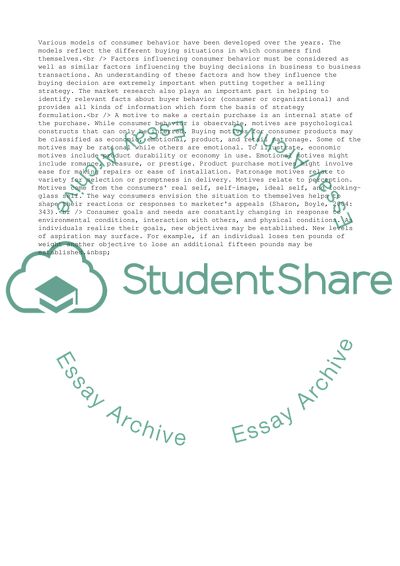Cite this document
(How to Understand the Buying Behaviour Case Study - 1, n.d.)
How to Understand the Buying Behaviour Case Study - 1. Retrieved from https://studentshare.org/business/1537569-buyer-behavior
How to Understand the Buying Behaviour Case Study - 1. Retrieved from https://studentshare.org/business/1537569-buyer-behavior
(How to Understand the Buying Behaviour Case Study - 1)
How to Understand the Buying Behaviour Case Study - 1. https://studentshare.org/business/1537569-buyer-behavior.
How to Understand the Buying Behaviour Case Study - 1. https://studentshare.org/business/1537569-buyer-behavior.
“How to Understand the Buying Behaviour Case Study - 1”. https://studentshare.org/business/1537569-buyer-behavior.


